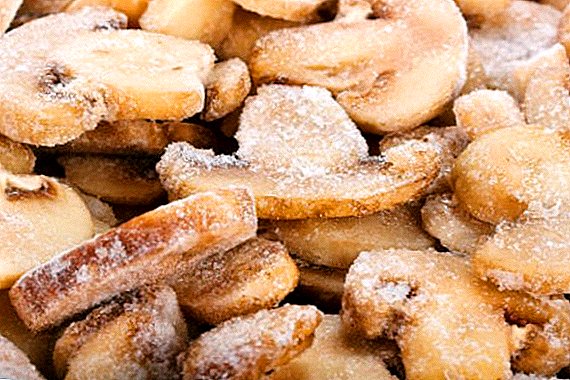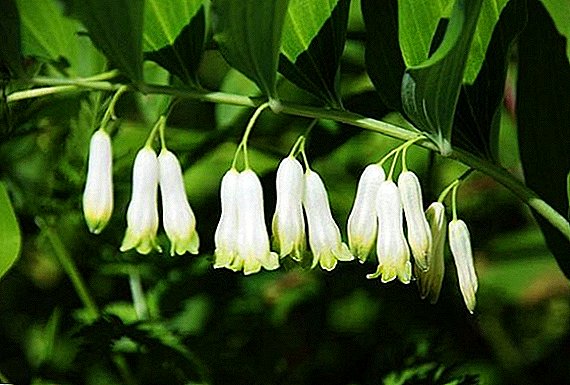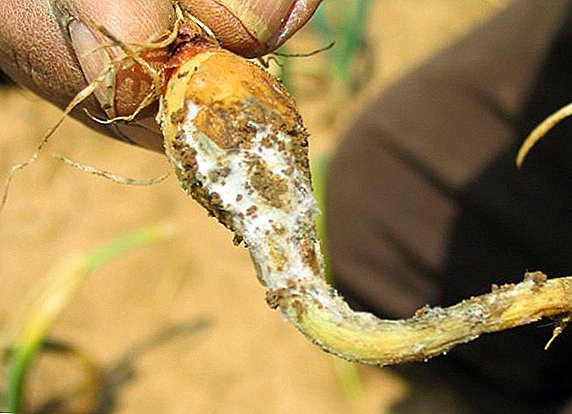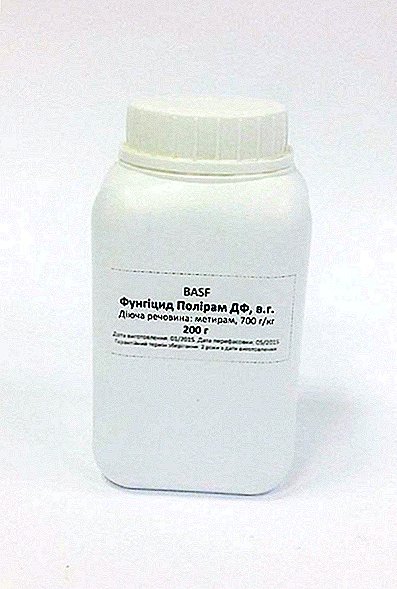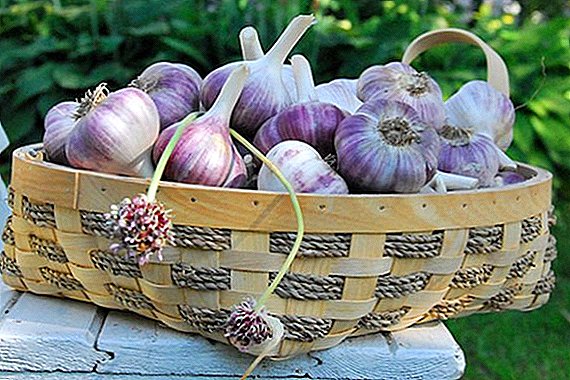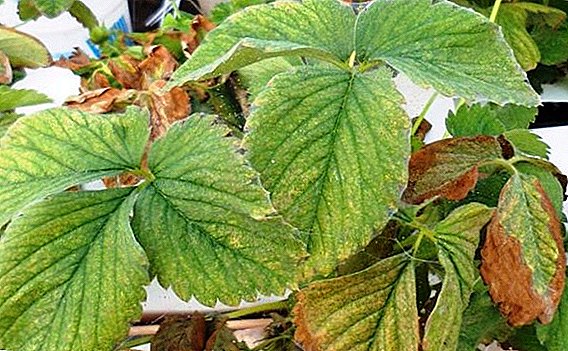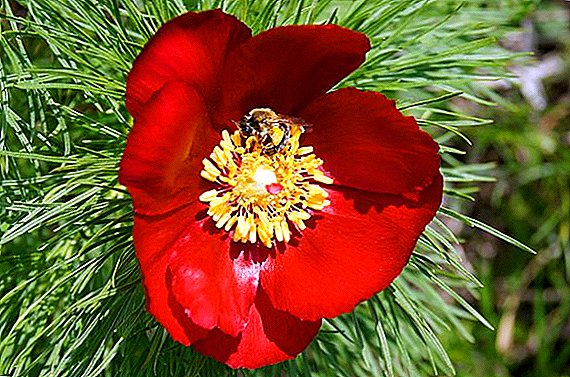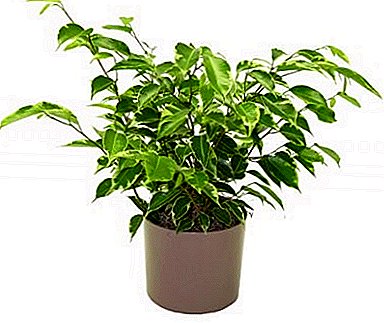
One type of ficus Benjamin bears the name "Anastasia".
It can grow any grower who loves home plants with the original appearance.
Distinguish "Anastasia" from the rest of the "relatives" is quite simple.
general description
The birthplace of ficus Benjamin, which includes "Anastasia" - warm countries with a predominantly tropical climate. You can meet huge wild ficuses in India, Southeast Asia, Northern Australia and the Philippines.
It is possible to learn "Anastasia" by the leaves - from the other species it is distinguished by a light green border on a wavy edge and a central vein of the same color.
The rest is the classic leaves of ficus - large (7 cm long and 3 cm wide), dense, dark green color.
Home care
Care after purchase
The most important thing after the purchase - the choice of place for the ficus.
Choose a spacious, well-ventilated place for ficus.
Keep it from drafts.
The roots of the plant should not freeze, so put a pot with a flower, not on a cold floor or windowsill, but on any kind of stand.
Tip: Keep the ficus away from batteries: dry air can cause leaf fall.
Like all ficuses, "Anastasia" is very light-requiring. However, it is better to protect it from direct sun, especially at first.
It is better if it is a place with an abundance of uniform diffused light.
You can put a ficus 1 meter from the south window. Then do not have to turn the plant to the source of lighting, which "Anastasia" does not like.
Important! Ficuses are unhappy if they are often disturbed, rearranged or moved, which is why the plant’s habitat must be unchanged.
Watering
Ficus Benjamin "Anastasia" loves plentiful watering with soft settled water of room temperature. But it is important not to overdo it: the plant should be watered only when the topsoil dries out, usually 2 times a week.
Do not forget to pour water out of the pan so that the roots of the plant can breathe freely.
In winter, watering should be reduced, but the complete drying of the earth and roots should not be allowed: once in 7-10 days will be enough.
Important! The plant likes a warm shower. The optimal frequency of this procedure: 2 or 3 times a week.
Bloom
At home ficuses do not bloom. In the greenhouses they can bloom with small spherical inflorescences - Sikonyi, which are more like berries.
Crown formation
From the ficus "Anastasia" rarely make bonsai, as this species is growing very fast.
However, it is also possible to grow an indoor tree from it.
To do this, you must remove all side shoots, except 3-5 topmost and thus grow the trunk of a future tree.
Once it reaches the desired height, you can proceed to the formation of the crown, cutting off the shoots at its discretion.
Also ficus can be turned into a bush, pinching the tops of all shoots and stimulating the development of new lateral shoots.
Important! The best time to trim and form the crown is spring.
Priming
 This type of ficus needs fertile soil, which absorbs moisture well and allows air to pass through. 1 part of sod land and 1 part of leafy land can be enriched with 1 part of peat and 1 part of sand.
This type of ficus needs fertile soil, which absorbs moisture well and allows air to pass through. 1 part of sod land and 1 part of leafy land can be enriched with 1 part of peat and 1 part of sand.
You can add a small amount of charcoal. Do not forget about the drainage, which can play the role of the lower layer of expanded clay.
Top of the ground can be covered with sand.
Do not neglect dressing: it will help Ficus grow more actively. Fertilize the soil of ficus should be from March to September once every 1-2 weeks.
For this fit universal store fertilizer for flowers.
Important! In winter, during the rest period, it is not necessary to feed the plant.
Planting and transplanting
One month after the purchase, “Anastasia” can be transplanted if the purchased pot is too small for it. However, remember that cramped capacity is one of the means of restraining the violent growth of plants.
Therefore, a new pot should be chosen, though larger (4-5 cm in diameter)but still not too spacious.
The next transplant of a young plant is carried out in a year, if the roots are too thickly covered with a clod of earth. The best time for this is spring and summer.
It is enough to relocate adult plants to new pots once every three years, and it can be completely limited to replacing the top layer of soil. in 3 cm
A photo
In the photo ficus "Anastasia":



Breeding
The main way of breeding "Anastasia" - cuttings. They are cut from a plant at an angle when they reach a length of about 10 cm.
The slices are washed so that the frozen juice does not interfere with the appearance of the roots, and they are slightly dried. The leaves are cut in half or folded.
Next, the cutting is either placed in a container with water, creating greenhouse conditions with high temperature and humidity, or placed in a mixture of peat and perlite under film or glass.
On the formation of the roots will need 2-4 weeks (a sprout planted in peat will “inform” about the successful rooting by the appearance of new leaves). After that, the cutting can be transplanted into the pot and gradually accustom to normal conditions.
Also Reproduction by seeds is possible. To do this, they need to be sown in the ground and create greenhouse conditions. Seedlings are planted in pots when the first leaf appears.
Temperature
"Anastasia" is thermophilic, like all ficuses. Summer she is comfortable even in the heat up to 30 degrees - most importantly, do not forget about regular spraying.
In winter optimal performance: +18 degrees.
Benefit
Benjamin's ficuses are ascribed useful properties: they are believed to cleanse the air of toxins and harmful microorganisms.
This occurs due to benzoin resin, which is contained in these plants. Also "Anastasia" enriches the air with oxygen.
Scientific name
Ficus benjamina anastasia.
Diseases and pests
 If the air in the apartment is too dry, the ficus may start. spider mite
If the air in the apartment is too dry, the ficus may start. spider mite
In order to prevent the appearance of a pest, for preventive purposes it is necessary to spray “Anastasia” with separated water at room temperature once every two days.
Also among the pests - sandworm and mealybug.
The fight against them is effective with the help of special pesticides.
There are also systemic preparations that make plant tissues completely poisonous for harmful insects.
In turn, fungicides are used to fight fungi.
Important! A common problem that is similar to a disease is leaf fall. However, it is usually caused not by illness, but by improper care.
The reason may be a draft, dry air from batteries, insufficient lighting, changing the location of ficus, hypothermia, improper watering (both excessive and insufficient).
If you correct the scheme of care for "Anastasia", soon it will acquire new leaves.
"Anastasia" - one of the most beautiful figs of Benjamin. It will not only decorate the interior with its intricate look, but will also help to make the air in the apartment cleaner, and the health of its owners - stronger.


